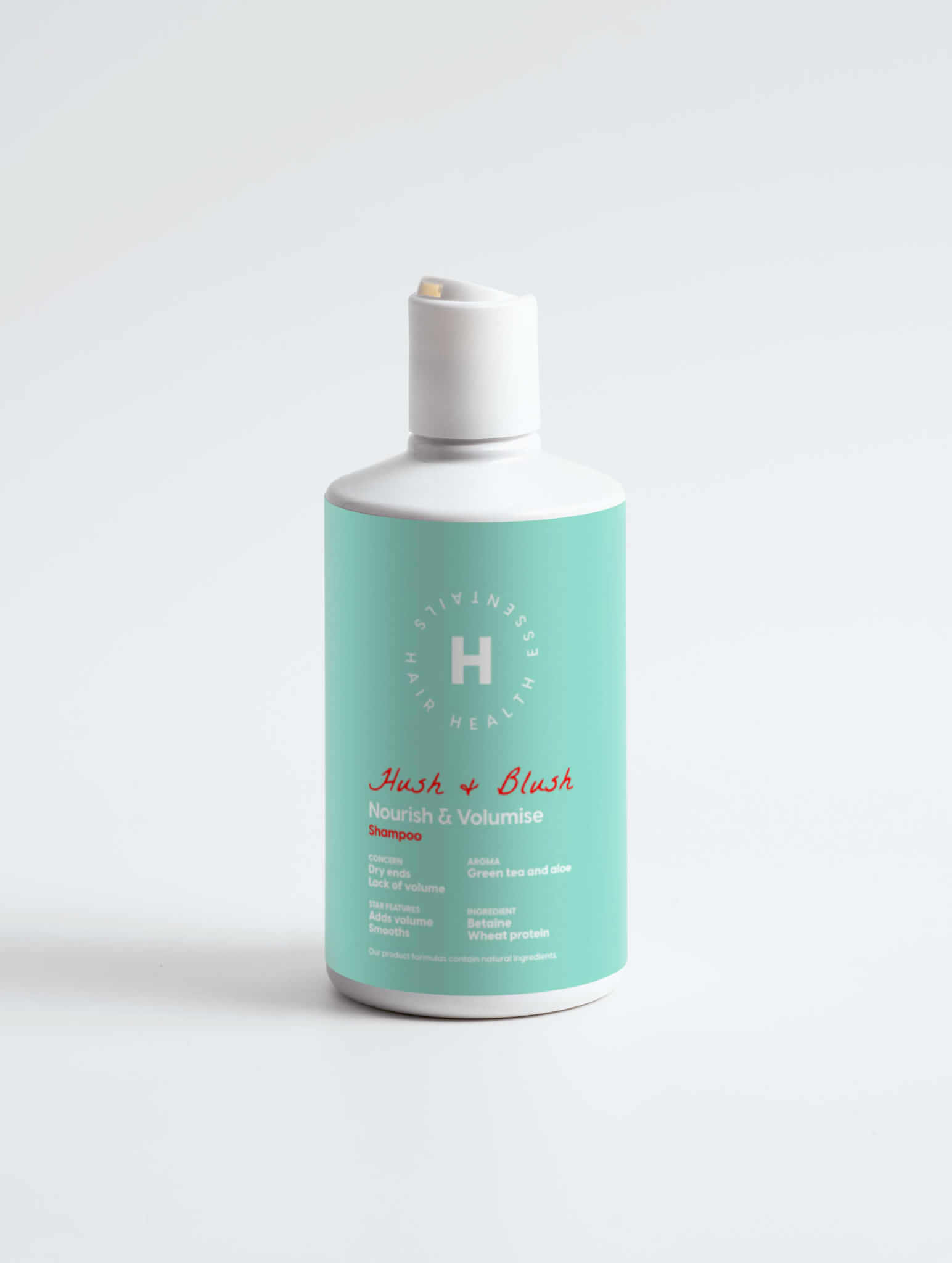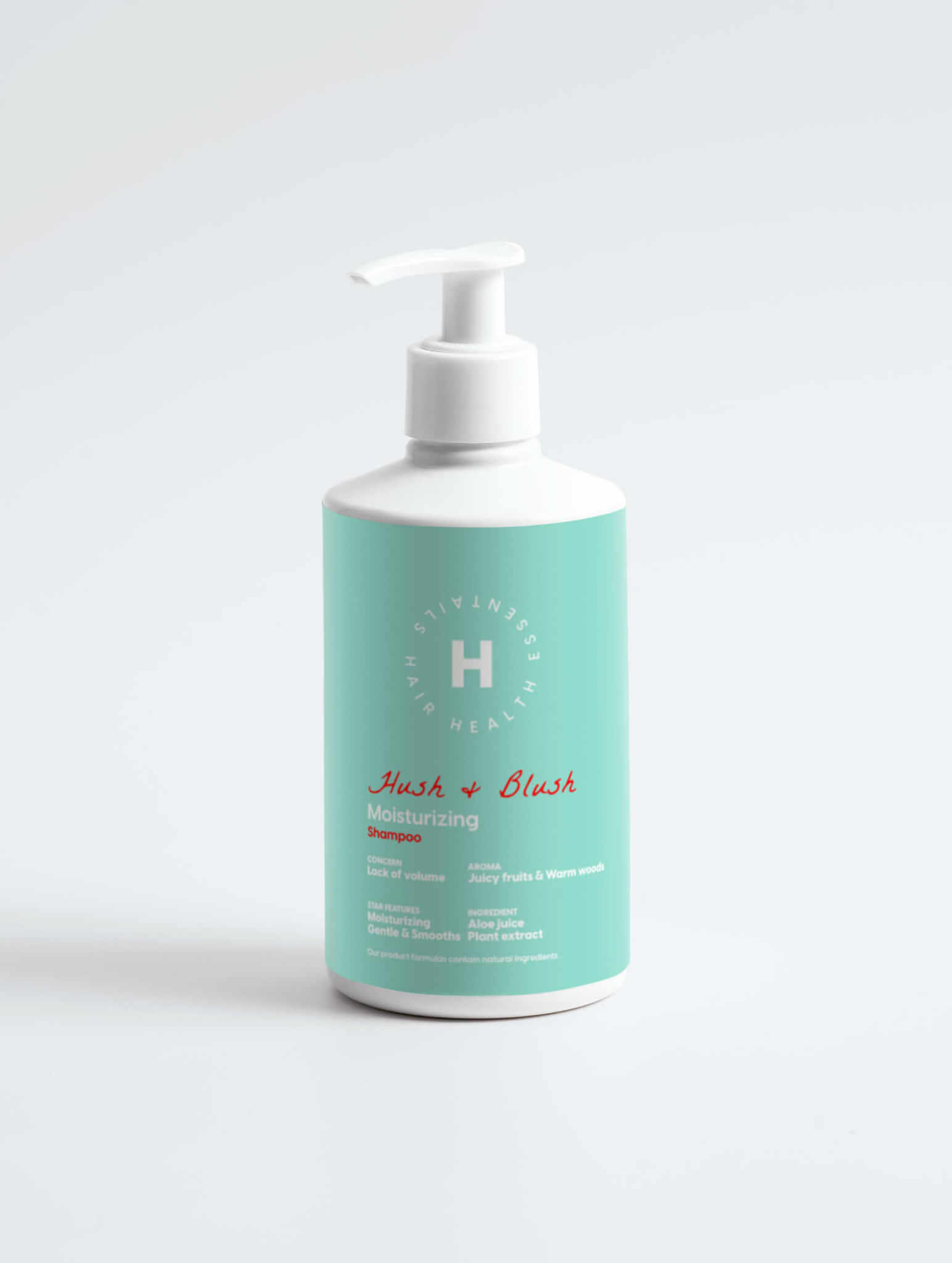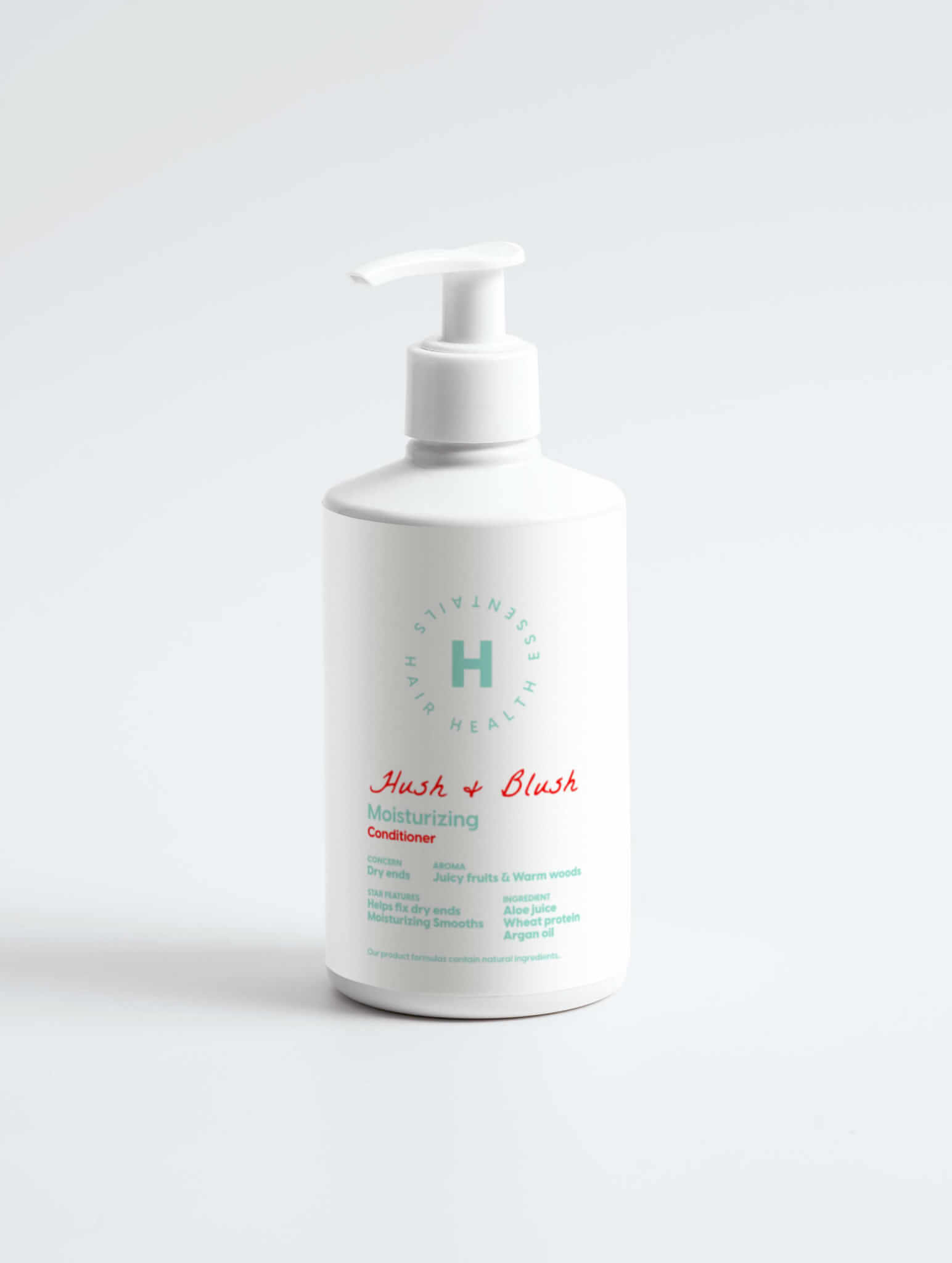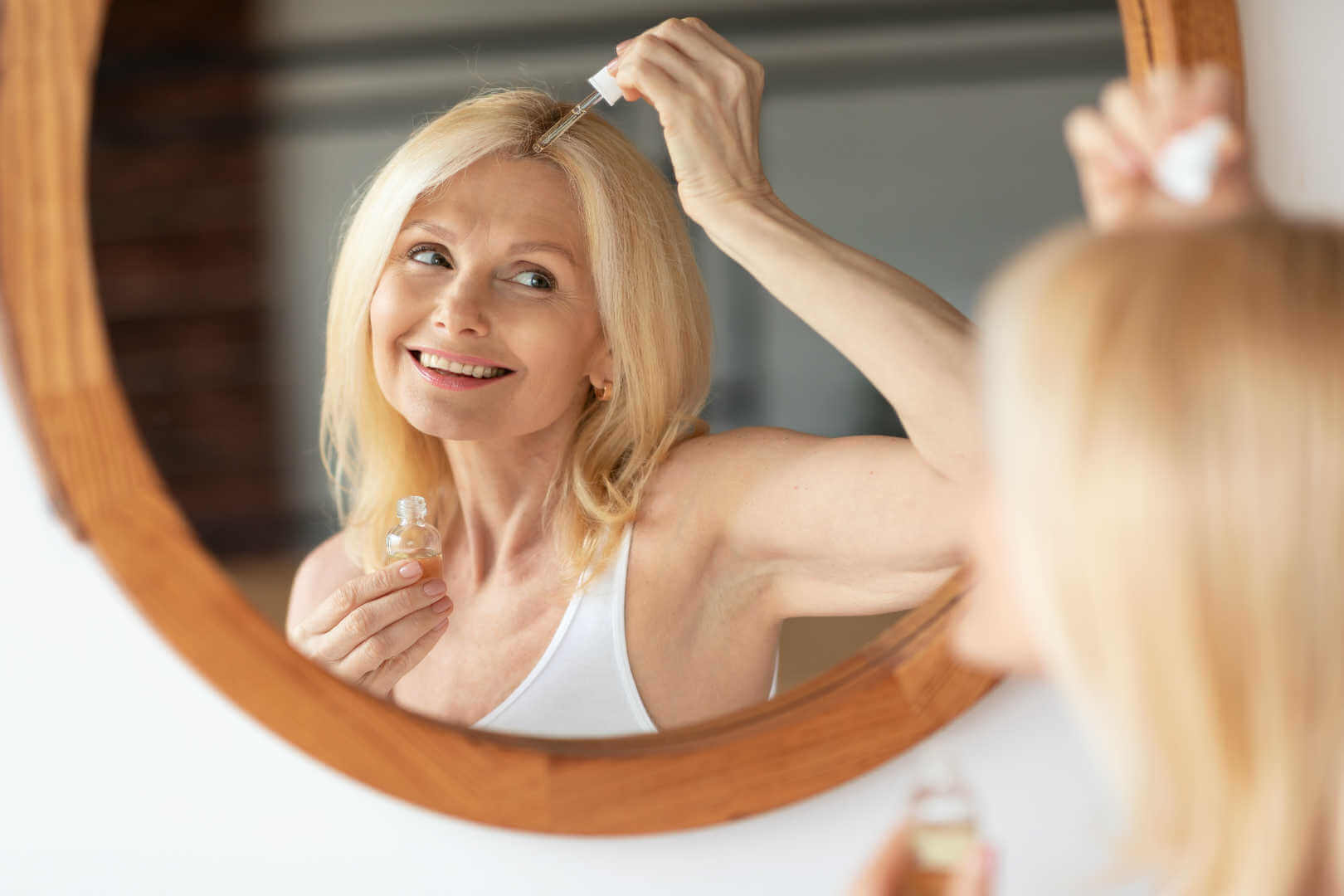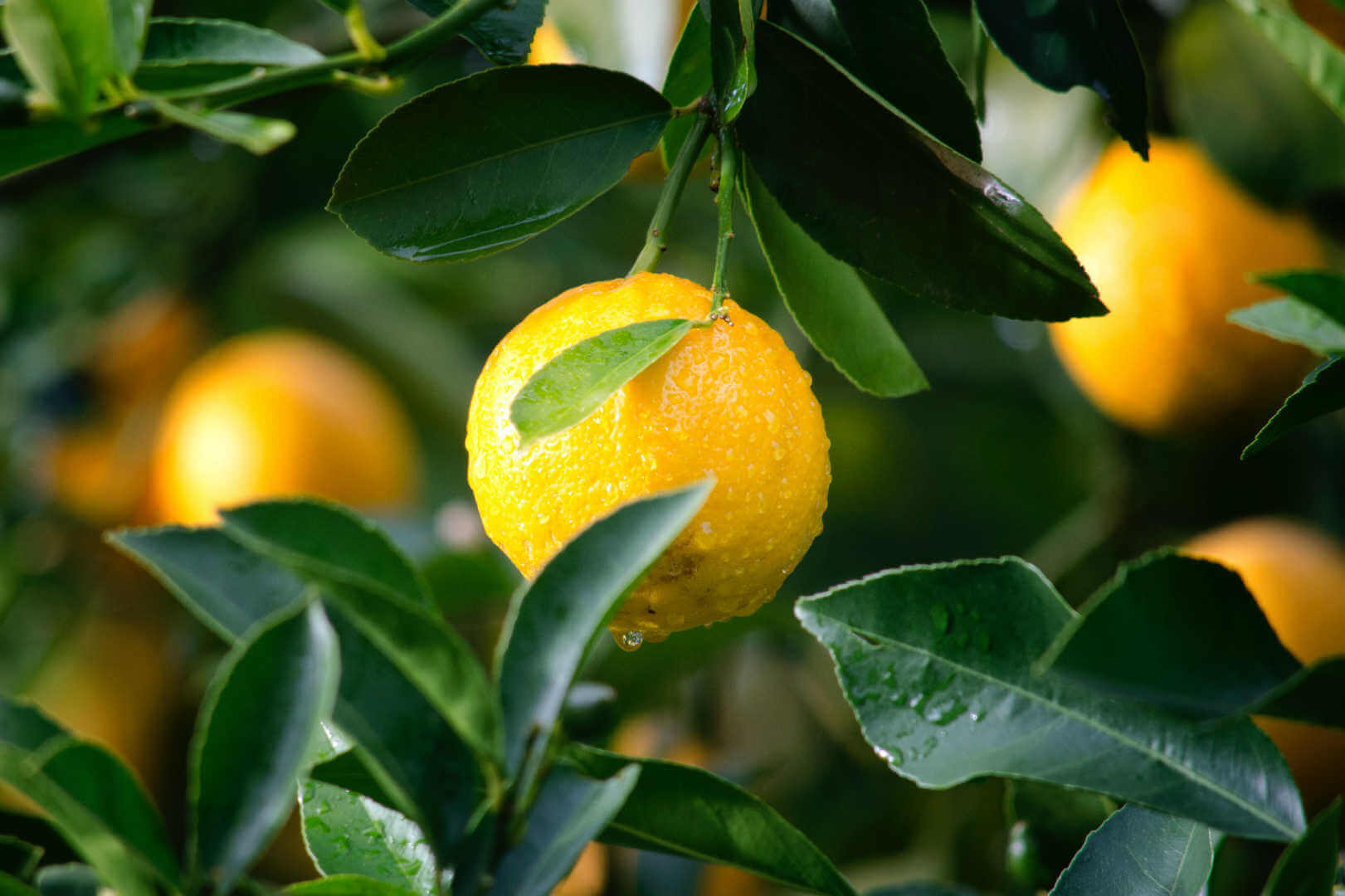The Connection Between Menopause and Premature Graying: Managing the Silver Strands
Meet the expert
Clare Devereux is an internationally recognised Trichologist & Stylist.
Aging is a natural part of life, and along with it comes a range of bodily changes. For women, menopause is a significant milestone that ushers in a host of transformations, both internal and external. While many are aware of the hormonal shifts and hot flashes associated with menopause, there’s another change that often takes center stage: premature graying of hair. In this comprehensive guide, we’ll delve into the intriguing connection between menopause and premature graying, uncovering the science behind it and exploring practical strategies to manage and embrace this change.
Understanding Menopause: A Transformational Phase
Before we explore the intricacies of premature graying during menopause, it’s essential to grasp the fundamentals of this transformative phase in a woman’s life. Menopause typically occurs between the ages of 45 and 55, marking the end of a woman’s reproductive years. It’s defined by the absence of menstruation for 12 consecutive months, indicating a significant decrease in estrogen and progesterone, two vital hormones that regulate various bodily functions.
The hormonal fluctuations during menopause can lead to a wide array of symptoms, from hot flashes and mood swings to changes in skin texture and, yes, premature graying of hair. Let’s unravel the science behind this phenomenon.
The Science Behind Premature Graying
Our hair gets its color from melanin, a pigment produced by melanocyte cells in the hair follicles. There are two types of melanin: eumelanin, responsible for black and brown hues, and pheomelanin, responsible for red and yellow shades. As we age, the melanocytes gradually produce less melanin, leading to the gradual graying of hair.
However, during menopause, this process can be accelerated. The primary culprit is the hormonal imbalance, particularly the decrease in estrogen. Estrogen plays a crucial role in stimulating hair follicles and promoting the production of melanin. As estrogen levels decline, hair follicles may become less active, resulting in the growth of gray or white hair.
Genetics and Premature Graying
While hormonal changes are a significant factor in premature graying during menopause, genetics also play a pivotal role. If your parents or grandparents experienced premature graying, you may be genetically predisposed to do the same. Genetic factors can influence when and how quickly your hair loses its color.
Stress and Premature Graying
Stress has been linked to a range of health issues, and it turns out that it can also contribute to premature graying. Chronic stress can trigger the release of stress hormones like cortisol, which can interfere with the production of melanin. High stress levels may accelerate the graying process, making it more noticeable during menopause.
Nutrition and Premature Graying
Dietary factors can’t be overlooked when discussing premature graying. A balanced diet rich in vitamins, minerals, and antioxidants is essential for maintaining healthy hair. Nutrients like vitamins B12, D, and E, as well as minerals like copper and zinc, support melanin production. A deficiency in these nutrients can exacerbate premature graying.
Managing Premature Graying during Menopause
While premature graying during menopause is a natural process influenced by hormonal changes, genetics, stress, and nutrition, there are strategies to manage and even embrace this change:
- Opt for a Graceful Transition: Instead of rushing to cover up gray hair with dyes, consider embracing your silver strands. Many women find that gray hair can be a symbol of wisdom and confidence.
- Maintain a Healthy Diet: Ensure your diet includes a variety of nutrients that support hair health, including lean proteins, fruits, vegetables, and whole grains. Consider consulting a nutritionist to address any deficiencies.
- Stress Management: Engage in stress-reduction techniques like yoga, meditation, or mindfulness to keep cortisol levels in check. A calm mind can contribute to overall well-being, including hair health.
- Consult a Healthcare Professional: If you’re concerned about your hair’s health and appearance during menopause, consult a healthcare provider or dermatologist. They can provide guidance on specialized hair care products and treatments.
- Use Quality Hair Care Products: Choose hair care products designed to nourish and strengthen aging hair. Look for ingredients like biotin, keratin, and argan oil that can improve hair’s texture and appearance.
- Consider Professional Treatments: In some cases, professional treatments like laser therapy or platelet-rich plasma (PRP) therapy may be recommended to promote hair growth and reduce graying.
Embracing Change with Confidence
Premature graying during menopause is a natural part of the aging process, and it can be a beautiful transformation when approached with confidence and self-assuredness. It’s important to remember that every woman’s journey through menopause is unique, and there’s no one-size-fits-all solution.
As you navigate this phase of life, focus on overall health and well-being. Embrace the changes as they come, and remember that the beauty of a woman transcends the color of her hair. With the right care and mindset, you can confidently embrace your silver strands and live your best life during and after menopause.
Conclusion
Menopause brings about a multitude of changes, and premature graying is just one of them. While it may be influenced by hormonal shifts, genetics, stress, and nutrition, it’s a natural part of the aging process. By understanding the science behind it and adopting healthy lifestyle practices, women can manage and embrace premature graying during menopause with confidence and grace.
"Remember with Hair Health Essentials Better Hair days Are Ahead"
Our Menopause Collection
We understand that hormonal changes present unique challenges for your hair, from dryness to thinning and a lack of volume. That’s why we’ve curated a specialized collection designed to nourish, rejuvenate, and elevate your hair.
Related Articles
September 12, 2023
Scalp Care Essentials during Menopause: Nurturing Your Hair’s Foundation
Menopause is a transformative phase in a woman's life, marked by hormonal…
September 12, 2023
Adapting to Hair Texture Changes During Menopause: Tips and Strategies
Menopause is a natural phase of a woman's life, signaling the end of the…
September 12, 2023
Nutritional Support for Menopausal Hair: A Comprehensive Guide
Menopause is a transformative phase in a woman's life, marked by significant…


